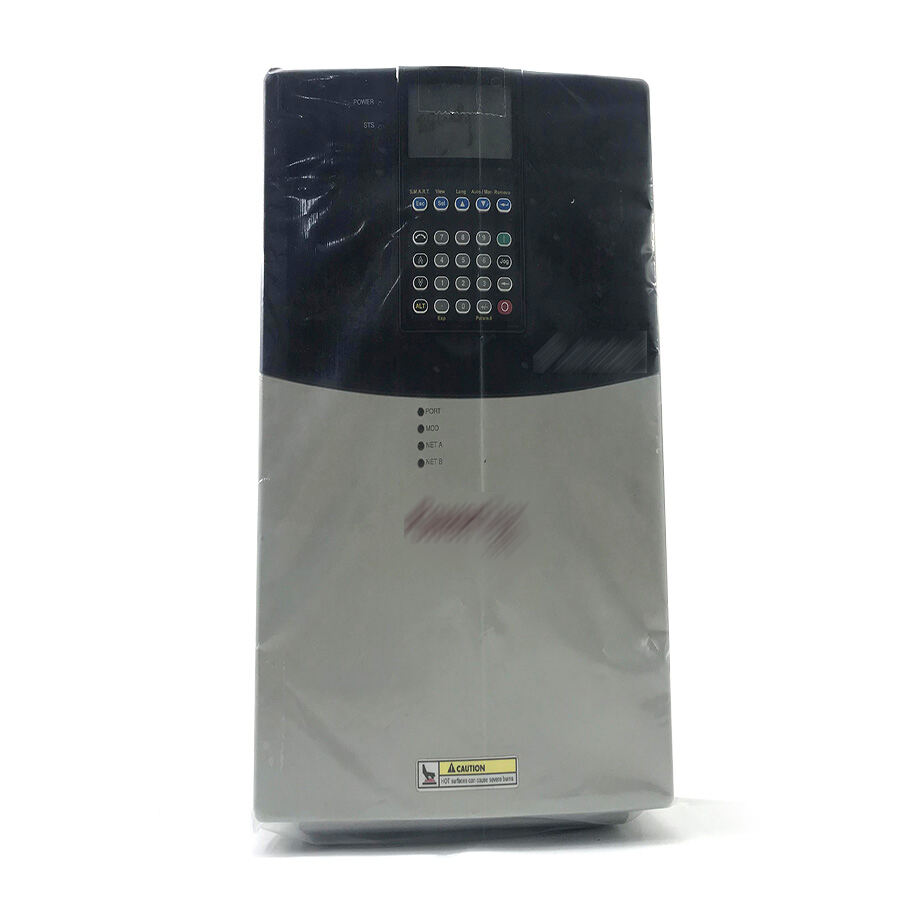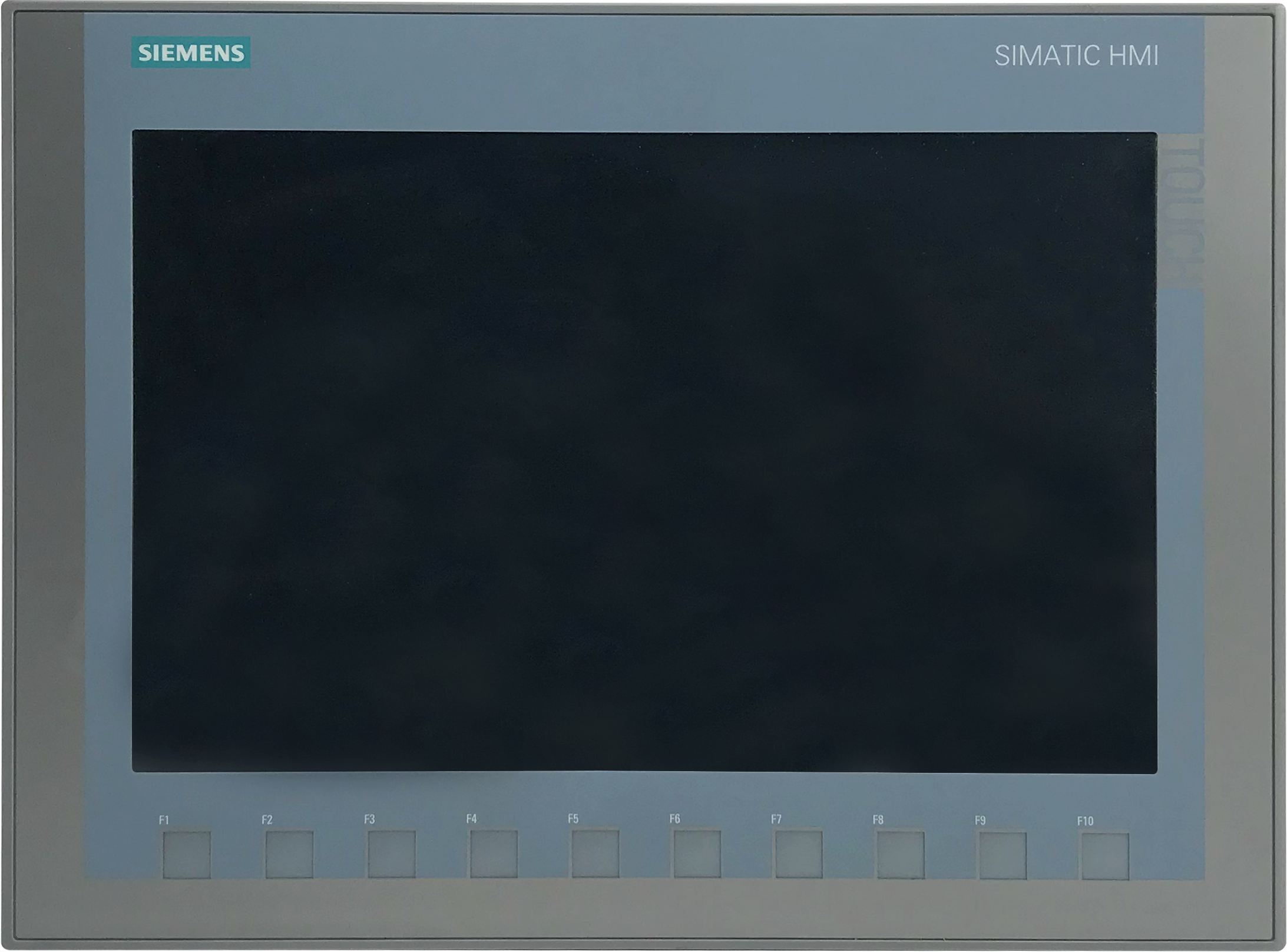safety controllers
Safety controllers represent a critical component in modern industrial automation systems, serving as dedicated devices that monitor and manage safety-related functions in machinery and production processes. These sophisticated electronic systems integrate advanced monitoring capabilities with robust fail-safe mechanisms to ensure workplace safety and regulatory compliance. At their core, safety controllers continuously evaluate inputs from various safety devices such as emergency stop buttons, light curtains, and guard door switches, processing this information through pre-programmed safety logic to make instant decisions about machine operation. The controllers feature dual-processor architecture for redundant monitoring, self-diagnostic capabilities, and certified safety protocols that meet international standards including IEC 61508 and ISO 13849-1. They can manage multiple safety zones simultaneously, offering scalable solutions for both simple machines and complex production lines. The systems provide real-time monitoring and response, typically achieving reaction times of less than 10 milliseconds to safety-critical events. Additionally, modern safety controllers offer advanced connectivity options, including industrial ethernet protocols and integration capabilities with standard automation systems, enabling comprehensive safety management while maintaining operational efficiency.

